Heather, Calluna vulgaris, complete guide
2 years ago · Updated 6 months ago

Heather, or Calluna vulgaris, is a plant that arouses the curiosity of enthusiasts and professionals alike. Its resilience and beauty make this species attractive for gardens and outdoor spaces, but it also has surprising properties that go beyond the decorative.
Native to Europe, North Africa, and America, this plant belonging to the Ericaceae family adapts to acidic soils and plays a vital role in both the ecosystem and medicinal and ornamental uses. In this article, we will explore all aspects of heather and how its presence can benefit our environment.
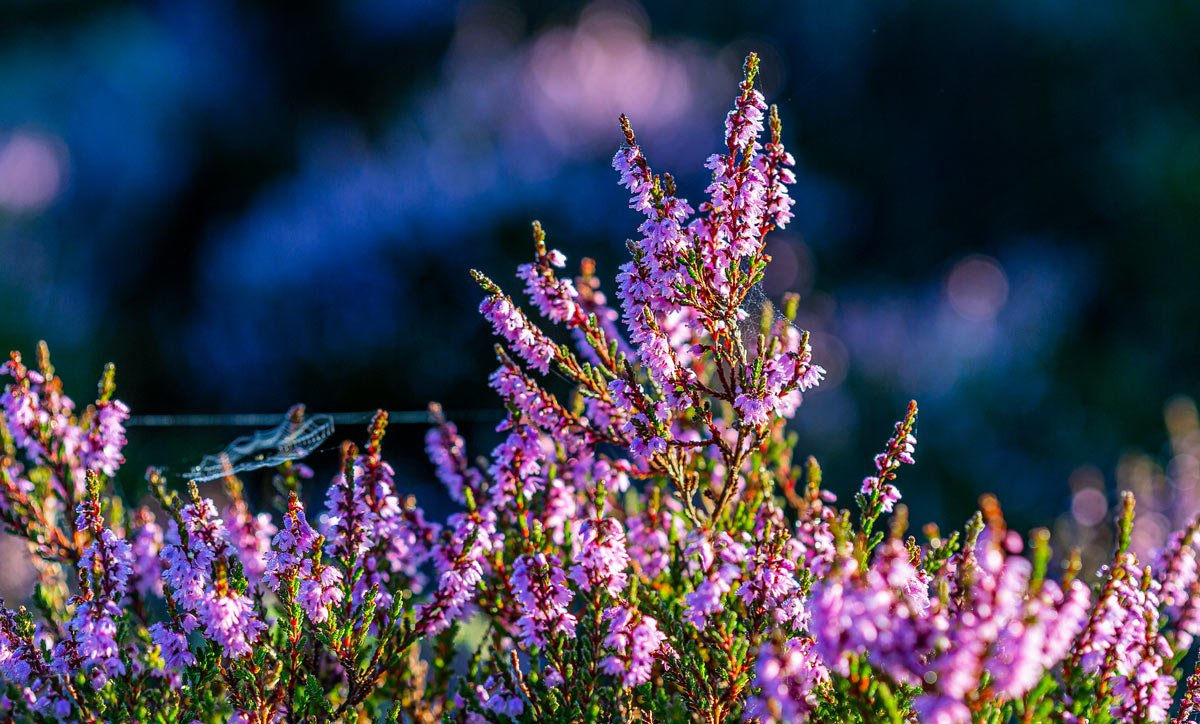
- What is heather and what is it used for?
- The relationship between heather and mushrooms
- Characteristics of the heather plant
- Types of heather
- Ornamental and medicinal uses of heather
- Properties of heather: astringent, diuretic, and sedative
- Heather: CO2 absorber and its role in reforestation
- Related questions about growing and caring for heather
What is heather and what is it used for?
Heather, scientifically known as Calluna vulgaris, is a highly versatile plant. It has traditionally been used in natural medicine for its astringent, diuretic, and sedative properties, but its function goes beyond that. It is also an ally in the fight against climate change thanks to its ability to absorb CO2.
In ornamental settings, heather is used to create hedges and flower beds, offering a wide range of colors during its flowering season. Its ability to thrive in different conditions and its low maintenance make it an ideal choice for novice and expert gardeners alike.
Around heather, it is possible to find a rich biodiversity, including various species of mushrooms that thrive near this plant. This is because the acidic substrate they prefer is also conducive to mycological development.
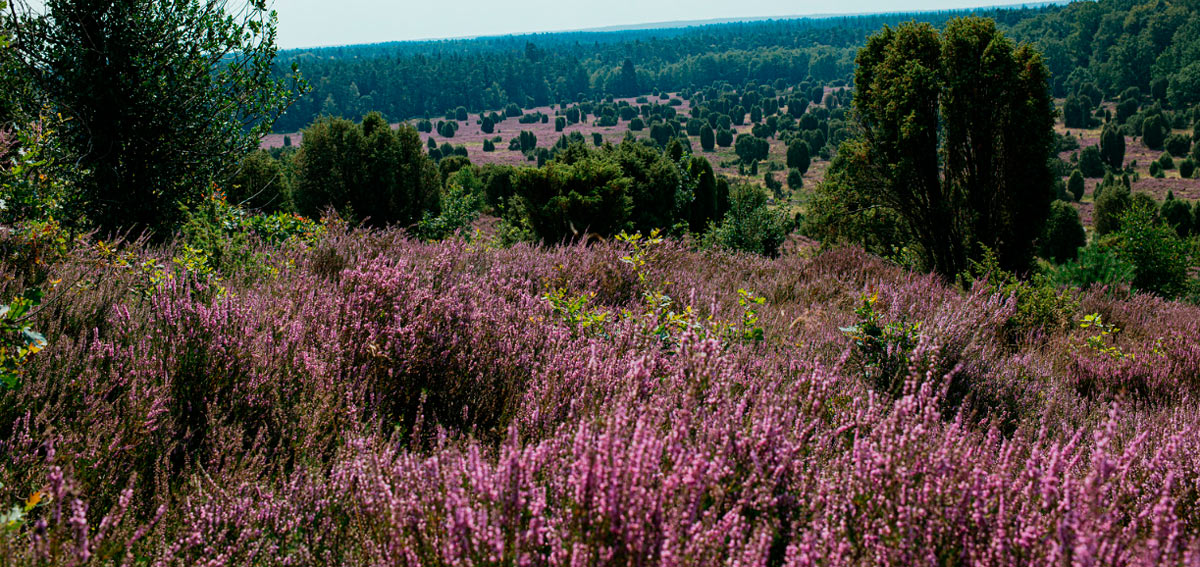
The relationship between heather and mushrooms
Heather, a shrub characteristic of acidic, nutrient-poor soils, has a fascinating symbiotic relationship with various species of mushrooms. In heathlands, these fungi play a crucial role in the ecosystem, contributing to the decomposition of organic matter and improving soil fertility. This symbiosis between heather and mushrooms not only benefits the shrub, but also provides an ideal habitat for a variety of edible and mycorrhizal fungi.
Heathlands are not only important for the conservation of these mushrooms, but also provide an essential environment for mycological research and sustainable harvesting. As we explore the relationship between heather and mushrooms, we discover the importance of preserving these habitats to maintain the biodiversity and ecological interactions that sustain our natural ecosystems.
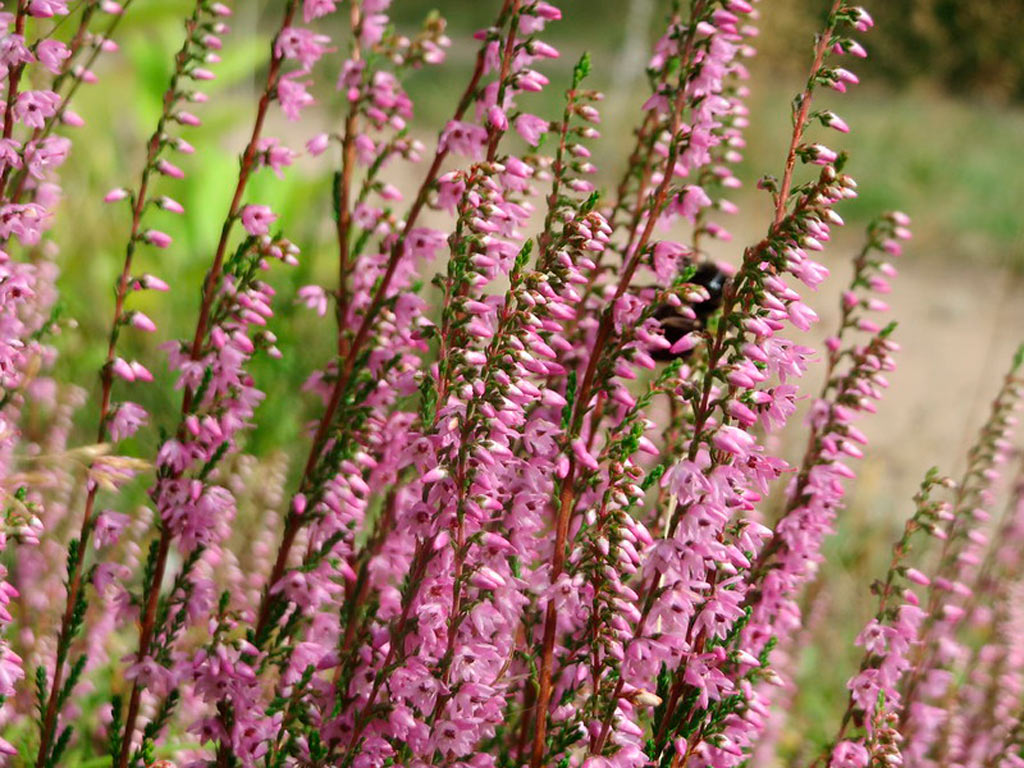
What mushrooms can we find in heather?
Among the mushrooms that can be found in heathland, there are some species that are highly prized by mycologists and lovers of mycogastronomy. For example, boletus mushrooms, mainly Boletus pinophilus or pinícolas and edulis, are frequently found in these environments.
Another noteworthy species is the marzuelo. In addition, the Hygrophoropsis aurantiaca, also known as false chanterelle, is common in the acidic soils of heaths.
Characteristics of the heather plant
The distinctive characteristics of heather include its woody stem and small, scale-like leaves. During flowering, the plant is covered with flowers that vary in shades of white, pink, and mauve. The plant can reach heights of up to 50 cm and is known for its great resistance and adaptability.
Heather blooms in the summer and fall months, becoming an important source of nectar for bees. It is able to withstand low temperatures and grows in poor soils, making it especially valuable for reforestation and the recovery of degraded soils.

Types of heather
There are different types of heather that vary in color and flowering season. Some of the most popular include:
- Calluna vulgaris ‘Alba’: With white flowers and very hardy.
- Calluna vulgaris ‘Rosita’: With intense pink flowers.
- Calluna vulgaris ‘Amethyst’: With lilac flowers and great beauty.

Ornamental and medicinal uses of heather
Heather has a long history of use in both gardening and traditional medicine. Ornamentally, its flowers add color and texture to the landscape. Medicinally, it is used to prepare infusions that help treat urinary problems and infections and relax the nervous system thanks to its sedative properties.
Properties of heather: astringent, diuretic, and sedative
Calluna vulgaris is notable for its remarkable medicinal properties. It acts as an astringent, making it useful in cases of diarrhea and skin problems. Its diuretic action helps prevent urinary tract infections, and as a sedative, it promotes better rest and anxiety relief.
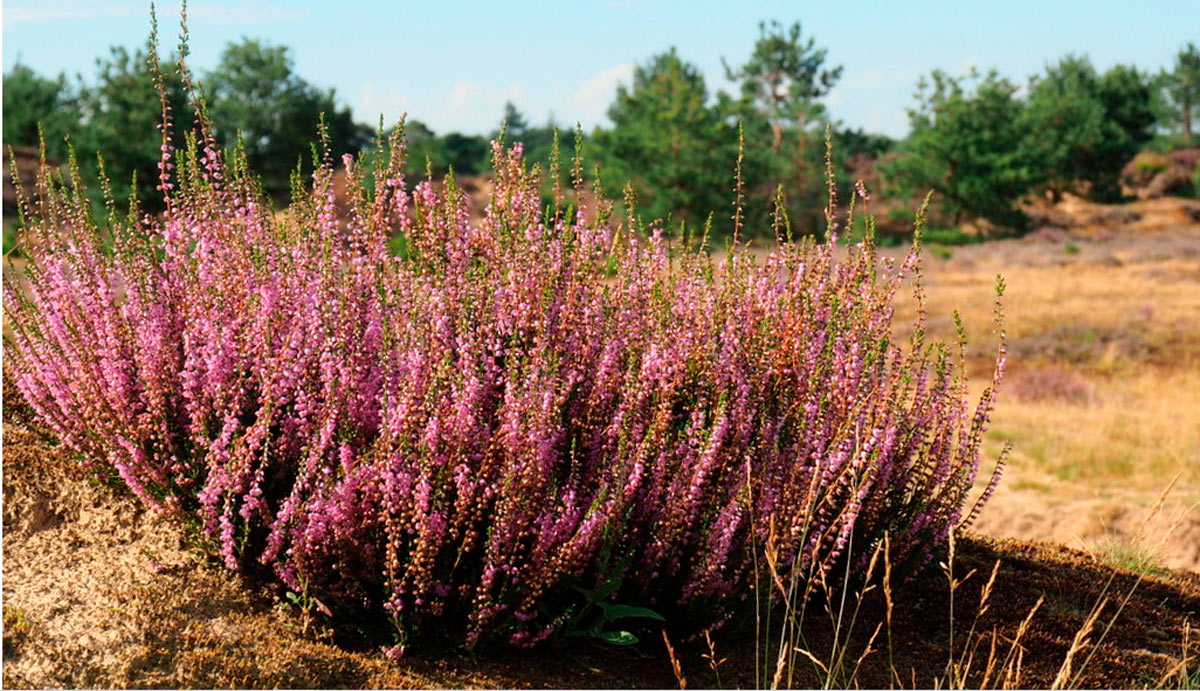
Heather: CO2 absorber and its role in reforestation
Heather plays an important role in carbon capture, thus contributing to climate change mitigation. It is also a key species in reforestation projects due to its resistance and ability to thrive in poor soils, improving substrate quality and promoting biodiversity.
What is heather and what is it used for?
Heather is a versatile plant known for its beauty and hardiness. It is used both for decorative purposes in gardening and for treating various conditions thanks to its medicinal properties.
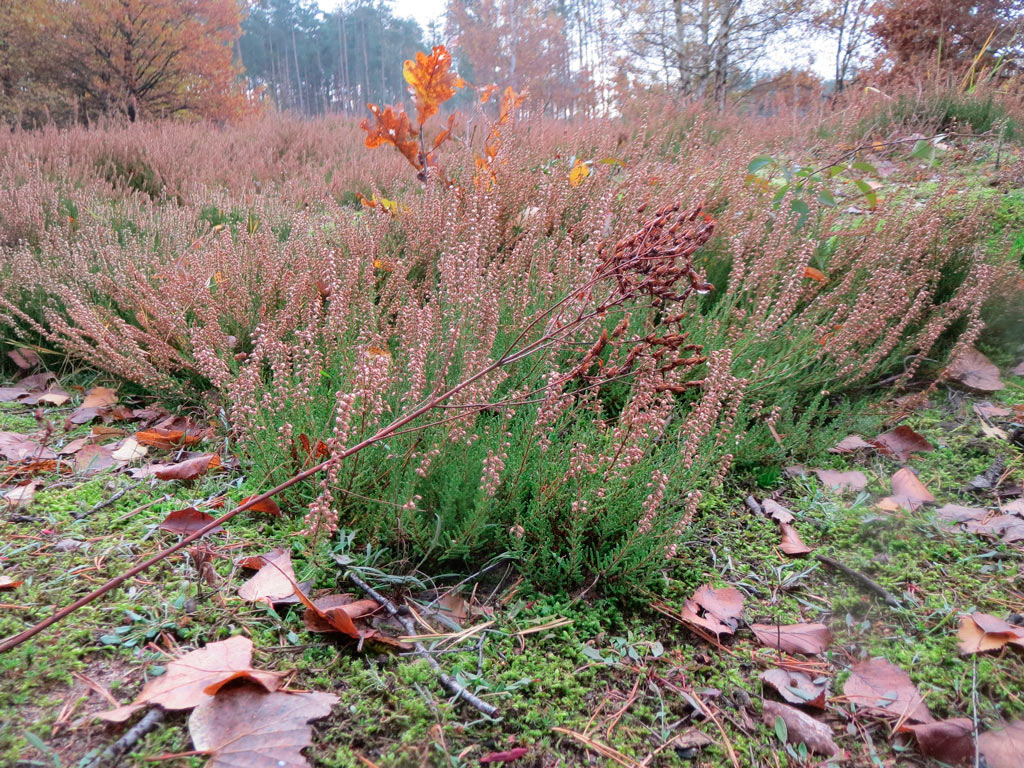
How long does heather last in a pot?
With proper care, heather can live for several years in a pot. It is important to respect its light and watering needs, as well as to provide it with suitable acidic soil.
Where should heather be placed?
Heather should be placed in a well-lit spot but protected from direct sunlight. Outdoors, it adapts well to semi-shaded areas.
How do you care for heather?
Heather is easy to care for. It requires moderate watering, acidic soil, and light pruning after flowering to maintain its shape and promote new flower growth.
See you in the woods!

Te pueden interesar